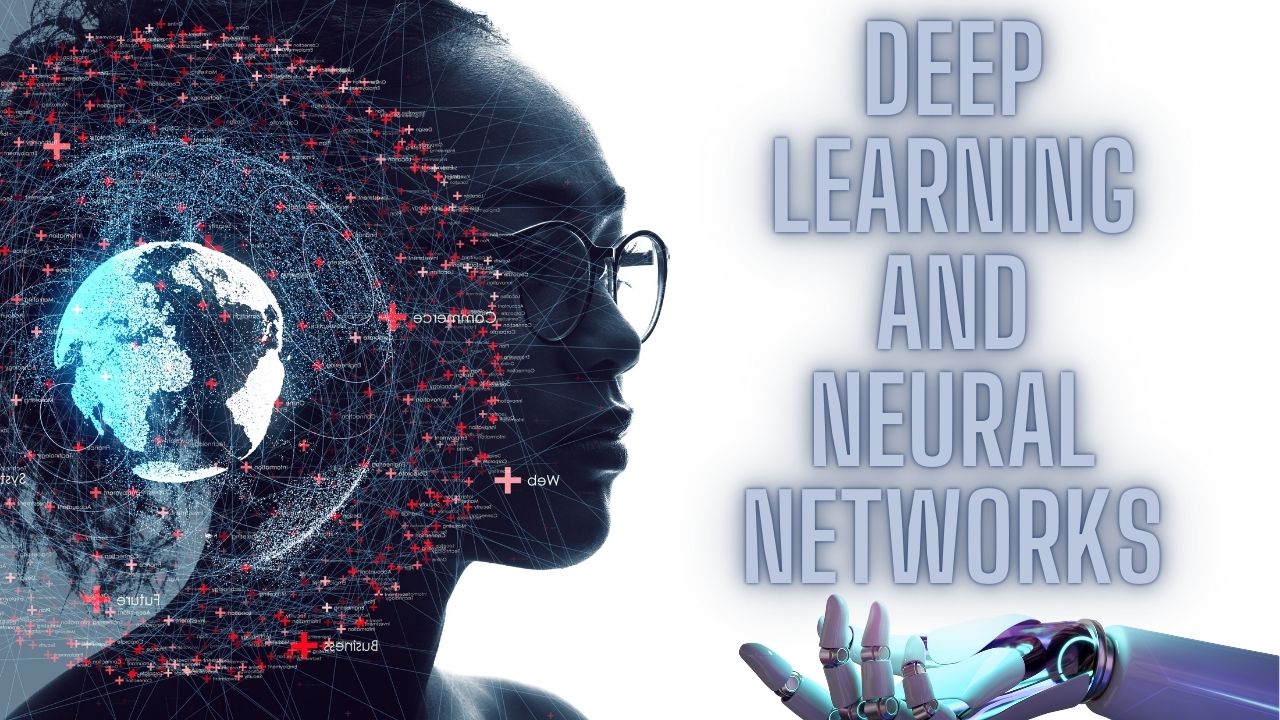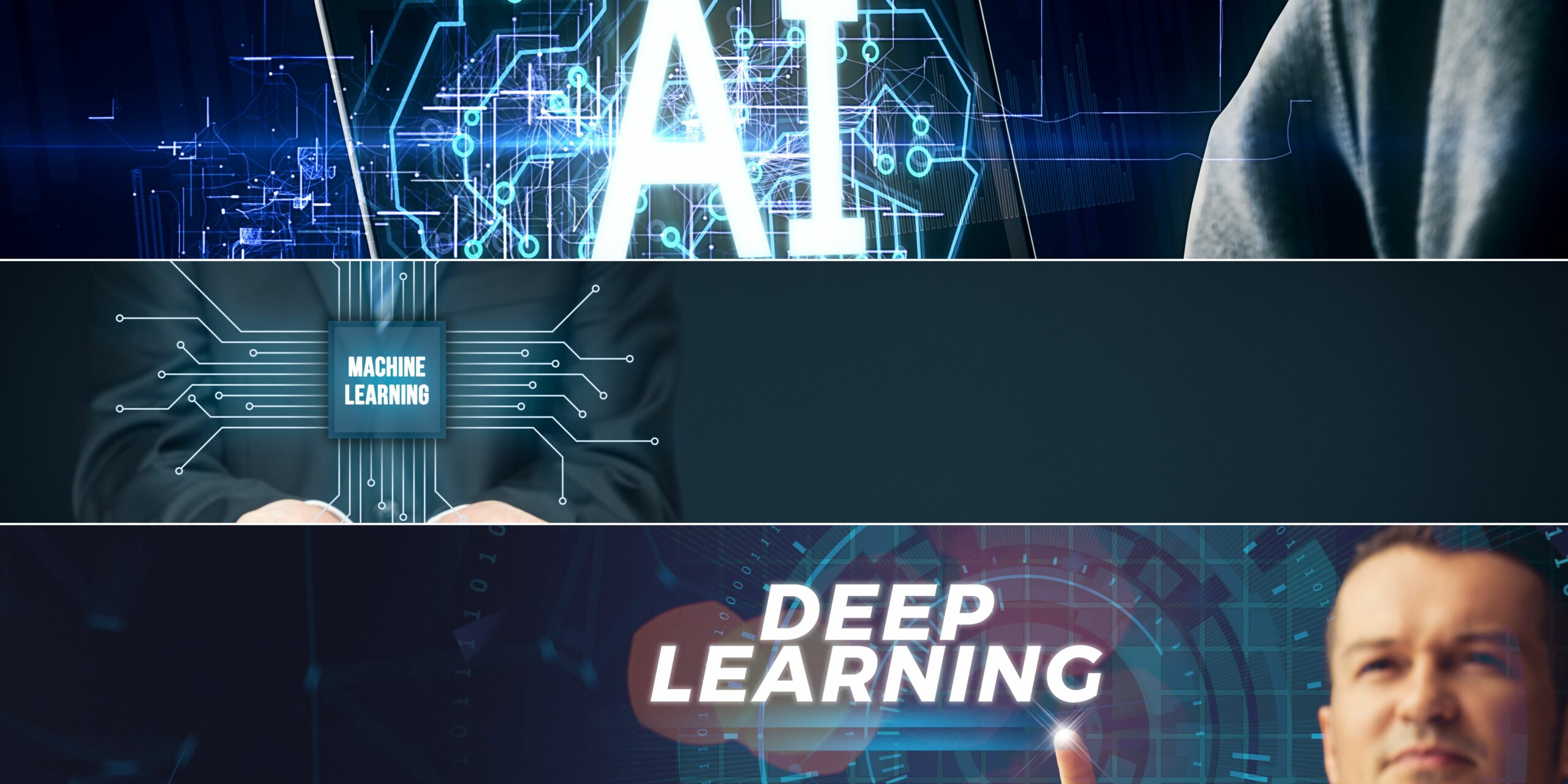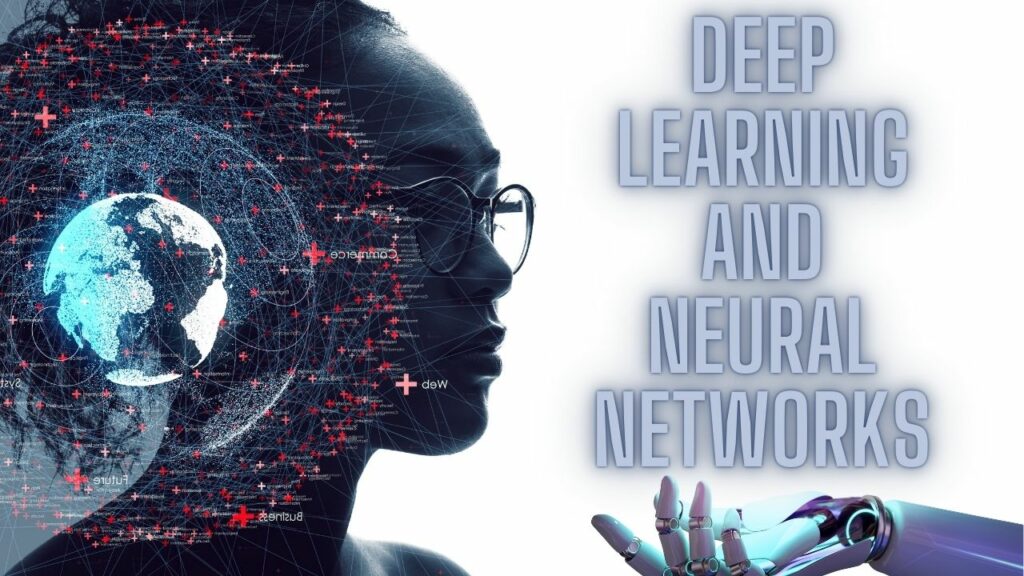 In recent years, deep learning and neural networks have emerged as powerful technologies that are driving the development of artificial intelligence (AI). If you’re new to this field and interested in learning more, this beginner’s guide is the perfect place to start. We’ll introduce you to the fundamental concepts behind deep learning and neural networks. Also explain how they work, and provide you with practical examples to help start on your own AI journey. Whether you’re a student, researcher, or just curious about AI, this guide will help you understand the basics of these cutting-edge technologies.
In recent years, deep learning and neural networks have emerged as powerful technologies that are driving the development of artificial intelligence (AI). If you’re new to this field and interested in learning more, this beginner’s guide is the perfect place to start. We’ll introduce you to the fundamental concepts behind deep learning and neural networks. Also explain how they work, and provide you with practical examples to help start on your own AI journey. Whether you’re a student, researcher, or just curious about AI, this guide will help you understand the basics of these cutting-edge technologies.
Deep Learning: The Secret Recipe
If you’re an avid lover of technology, chances are you’ve already heard of the term deep learning at least once. Deep learning is a hot topic on everybody’s lips because of how advanced technology is today. The more technology advances, the greater the value data has. Deep learning is the key to not only unlocking the full potential of data but also nourishing it.
Deep learning focuses on teaching artificial neural networks how to analyze large amounts of complicated data, learn from it, and generate predictions. It is a type of artificial intelligence that lets computers carry out operations that ordinarily need intellect like that of a person, such as picture recognition or language comprehension.
One of the most famous applications of deep learning was its ability to defeat an expert at a board game. This displays just how powerful deep learning can be. Its other applications include speech transcription and voice recognition, image categorization, language translation, and more.
Distinctions: AI, Machine Learning, and Deep Learning


If you’ve heard of the term deep learning, you’ve also most likely heard of the terms machine learning and artificial intelligence. To those who aren’t too familiar with this field of technology, we wouldn’t blame you if you thought they were all the same thing. In order to fully understand what deep learning is, It’s crucial to progressively develop a conceptual foundation for this jargon.
The most inclusive phrase, AI, describes any technology that can simulate human intellect. It entails the creation of algorithms, systems, and computers that are capable of carrying out operations that usually require the consciousness and intelligence of a human. Machine learning, on the other hand, is a branch of artificial intelligence that aims to create algorithms that can learn from data without explicit programming. Essentially, it requires a computer to learn how to recognize correlations and patterns in data and then apply that understanding to predict or decide from a set of choices. Large volumes of data are useful in training ML algorithms, and as they learn from more instances, their accuracy rises over time.
Another notable aspect of machine learning is that data powers it. It learns from either being provided a set of categorized data where it can learn what is wrong or right. However, deep learning functions not because of data sets, but because of neural networks.
In deep learning, neural networks are particularly helpful for jobs that require processing substantial volumes of complicated data. In order to be trained, deep learning models need a lot of training data and computing capacity, but once trained, they are capable of great levels of accuracy and can do tasks that were previously impossible.
Advantages of deep learning

Deep learning is especially valuable because it can deal with massive volumes of data. Even if this data is unstructured and multidimensional data (like photos, videos, and audio), deep learning models can still process and analyze it. Even with a large number of data, these artificial intelligence models still deliver accurate and reliable results.
Unlike conventional machine learning, deep learning doesn’t rely as heavily on human knowledge. This makes it possible to figure out intricate patterns and connections that people would normally miss. All in all, it makes it possible to analyze data speedily, while also providing new knowledge and ideas based on data that previously could not be understood.
Problems of deep learning
If there are advantages to deep learning, there are also issues that come with it. One of the biggest problems is its need to deal with large amounts of data. Though it can smoothly process and analyze large amounts, to attain high accuracy, deep learning models need a lot of training data. However, getting data with good labels may be expensive and time-consuming. Deep learning may be difficult to implement in some fields, including healthcare, where access to huge datasets is restricted due to data privacy issues.
Another issue with deep learning is its nature as being “blackboxes,” due to the fact that it might be challenging to comprehend how they make their predictions. In applications like healthcare, where openness and interpretability are crucial, this might make it difficult to interpret their results or discover mistakes.
What is a neural network?

An artificial neural network (ANN) is a type of machine learning that accepts information and aids a computer in producing an output based on knowledge and examples. Neural networks are designed to mirror the neurons in a human brain. In the same way that neurons are responsible for making a human brain recognize and process patterns, ANNs allow computers to do the same.
Neural networks can be taught using three different methods: supervised learning, unsupervised learning, or reinforcement learning. In supervised learning, a labeled dataset is used to train the network, where each data point is connected to a desired result. Unsupervised learning involves training a network using an unlabeled dataset with the intention of finding patterns and connections in the data. Finally, in reinforcement learning, the network learns by interacting with the environment and feedback in the form of rewards or penalties.
Why are neural networks important?
Neural networks are key in making deep learning models possible. They are the building blocks for accomplishing like image identification, object detection, and voice recognition because they can process and analyze complex and high-dimensional data like photos, videos, and sounds.
How to start learning neural networks and deep learning
It’s crucial to have a firm understanding of machine learning principles and algorithms before delving into neural networks and deep learning. Learning about regression, classification, clustering, and dimensionality reduction can be a good place to start.
How neural networks learn
Neural networks need to be taught before they can begin working and picking up new skills on their own. After that, they can draw lessons from the products they have produced and the data they have gathered, but learning must begin somewhere.
There are three main stages that neural networks go through in order to function well in an artificial intelligence model: training, transfer learning, then feature extraction.
What are neural networks used for?
There are many ways that different businesses, companies, or developers can use neural networks in technology. Here are some ways we can utilize it:
Computer vision
Computer vision concerns the use of algorithms and mathematical models to interpret and analyze visual data. Neural networks allow these computers to differentiate and recognize pictures that resemble people. It is also capable of other tasks, including as picture classification, object recognition, image segmentation, and image synthesis. Convolutional neural networks (CNNs), a kind of neural network specially created for processing spatial input such as photographs, is commonly used to perform these tasks.
Speech recognition
Neural networks are also helpful in speech recognition tools. These tools are trained with either supervised or unsupervised learning techniques to study massive datasets of transcribed speech. Speech recognition is a useful tool for applications like voice assistants, speech-to-text software, and automatic transcription systems. Once trained, it can be utilized to instantly translate fresh audio signals.
Natural language processing
Neural networks in natural language processing (NLP) is made to process and analyze natural language data, including text and audio. NLP uses algorithms and models to comprehend, interpret, and produce human language.
A common application of NLP is text classification. This includes categorizing text into categories like sentiment, subject, or purpose using convolutional neural networks (CNNs). This kind of neural network helps in handling sequential input, including text.
Recommendation engines
Tailored recommendations for each and every customer of a business is possible with deep learning models. Collaborative filtering methods are frequently used by neural network recommendation engines to provide suggestions. Collaborative filtering involves analyzing user activity data, such as ratings or purchases, to find trends and connections between users. Suggestions for new products that a user might be interested in are then created using this information.
Neural networks and deep learning
Essentially, deep learning is basically a deep neural network: a larger and broader application of a neural network. This is why deep learning can store and process more information than other kinds of artificial intelligence.
Deep neural networks hold the secret to solving more complicated algorithms efficiently and swiftly. This would not be possible with a simpler version of a neural network that we can find in other kinds of AI tools. Deep neural networks are essential for giving computers the time and space they require to tackle more difficult problems and provide sophisticated answers.
5 Examples of a Neural Network for Deep Learning
1. Financial Predictions
Stock price prediction is one of the deep learning’s most popular financial applications. In order to anticipate future prices, deep learning models can scan vast volumes of previous stock price data to find patterns and trends. Long short-term memory (LSTM) networks and convolutional neural networks are two common deep learning models utilized for stock price prediction (CNNs).
Financial executives can use deep learning models by inputting historical stock performance, non-profit ratios, and yearly returns to generate real-time market forecasts., as well.
2. Autonomous Vehicles
We can also apply deep learning in automobiles as a means to modernize their features. An example of this is with Tesla. Tesla employs neural networks to handle traffic signals and intricate street networks to identify the best path using data collected in real-time. This data comes from over 1 million vehicles. They can also employ information from sensors, cameras, and radars to identify nearby objects, people, and other cars.
3. User Behavior Analysis
User behavior is incredibly valuable for businesses and companies when figuring out how to improve their impact. Neural networks can process large amounts of user-generated content from social media, websites, and mobile applications. tailored advertising campaigns are then mad once this data is analyzed based on user desire, activity, and purchase history.
4. Disease Mapping
Deep learning is also extensively used in the healthcare industry. This is because neural networks have the ability to detect life-threatening illnesses like cancer. This can assist hospitals and medical institutions in better managing chronic diseases and diagnosing anomalies in medical imaging.
5. Criminal Surveillance
Now, even government institutions, such as the police, are using deep learning to prevent crime. Convolutional neural networks are used in to compare human faces to massive volumes of digital imagery in order to identify known fugitives, transmit alerts of questionable conduct, and detect odd behavior.
How can you apply DL and NN to real-life problems?
We can apply all of the applications of deep learning and neural networks in real-life. When it comes to issues or gaps in business, we can use DL to provide answers by analyzing data. In other industries, such as healthcare, it can helpful in identifying medical issues and diseases.
Are deep learning and neural networks the same?
While deep learning involves the use of neural networks, not all neural networks are necessarily deep learning models. Deep neural networks are more complicated than traditional neural networks. Which may be thought of as simpler forms of neural networks like single-layer perceptrons or multilayer feedforward networks.
While neural networks are a broader class of machine learning models that can contain basic and complicated designs, deep learning is a specific sort of machine learning that uses neural networks with numerous layers.
It’s also crucial to practice on real-world datasets in order to fully comprehend how they operate. To train and test your neural network models, you can access datasets online, such as the MNIST dataset for handwritten digit identification or the CIFAR-10 dataset for picture classification.
Deep Learning that Doesn’t Involve Neural Networks?
Unless you choose a neural network that includes decision trees, a deep learning method does not always need a neural network. It just so happens that deep learning practitioners primarily employ neural networks.





